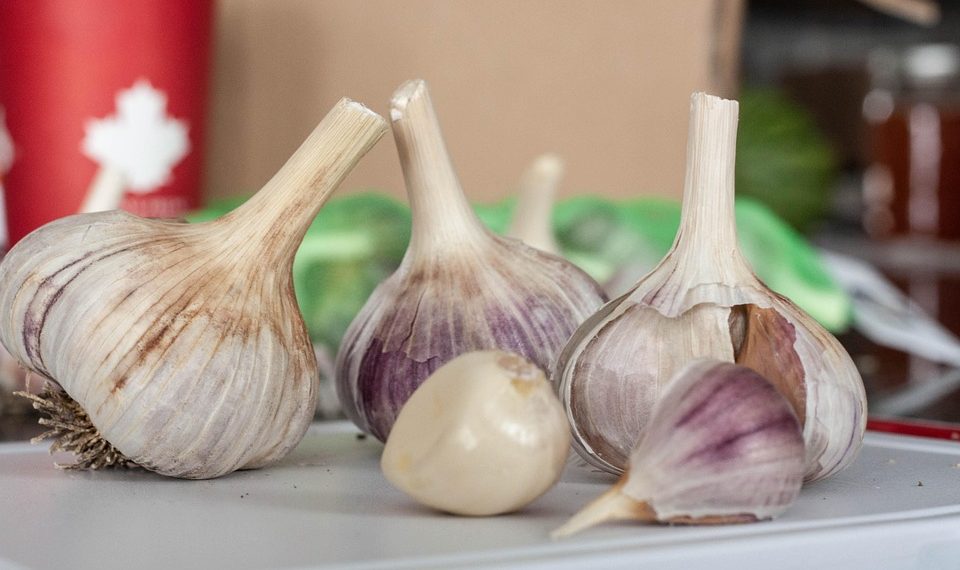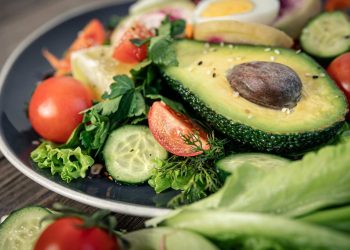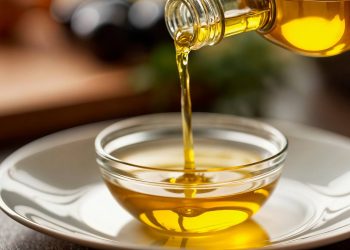Garlic isn’t just an aromatic addition to your meals; it’s a powerhouse that can significantly improve your blood circulation. Many cultures have revered garlic for its medicinal properties for centuries, often using it to support overall health and wellness. If you’ve ever experienced that refreshing sensation of warmth spreading through your body after a hearty garlic dish, you might be onto something. Let’s take a closer look at five remarkable benefits of garlic for blood circulation, grounded in research and real-world implications.
Contents
Improved Vascular Health
One of the standout benefits of garlic for blood circulation is its ability to bolster vascular health. Garlic contains compounds like allicin, which are known for their ability to relax blood vessels. This relaxation can help lower blood pressure and improve overall blood flow.
In a comprehensive study published in the Journal of Nutrition, researchers found that participants who consumed garlic supplements experienced a significant reduction in blood pressure compared to those who took a placebo. The study indicated that garlic’s active compounds can enhance nitric oxide production, a key player in regulating blood vessel dilation (Ried et al., 2016).
Considerations
While garlic may have these beneficial effects, it shouldn’t be seen as a standalone treatment. Those with specific health conditions or those on blood pressure medication should consult a healthcare provider before significantly increasing garlic intake.
Enhanced Blood Fluidity
Garlic’s impact on platelets also plays a crucial role in circulation. It can act as a natural anticoagulant, helping to reduce blood viscosity. This means that garlic can help prevent clots, thereby facilitating smoother flow through the arteries.
A study featured in the American Journal of Clinical Nutrition found that garlic consumption was associated with a decrease in platelet aggregation, which is key to preventing clots (Kopallik et al., 2016). Participants noted improvements in circulation and lower occurrences of cardiovascular issues.
Cautionary Notes
While garlic may help reduce clotting, taking it alongside anticoagulant medications can amplify those effects, potentially leading to excessive bleeding. Always consult with a healthcare professional if you’re considering garlic supplements along with prescribed treatments.
Anti-inflammatory Properties
Chronic inflammation is a well-known contributor to poor blood circulation and associated health problems. Garlic has strong anti-inflammatory properties, which can support better circulation by reducing inflammation in the blood vessels.
Research in the Journal of Medicinal Food reviewed studies showing that garlic can significantly decrease inflammatory markers in the body. This reduction in inflammation can help maintain clearer, healthier arteries, which is essential for effective blood flow (Bae et al., 2018).
Limitations
While the anti-inflammatory properties of garlic are well-documented, the extent of their impact can depend on an individual’s overall diet and lifestyle. Relying solely on garlic might not yield significant benefits if other health factors aren’t also being addressed.
Lowering Cholesterol Levels
High cholesterol can act as a barrier to good circulation. Garlic has been shown to help lower levels of LDL cholesterol, often referred to as “bad” cholesterol, while simultaneously promoting higher levels of HDL, or “good” cholesterol.
A pivotal review in Nutrition Reviews examined multiple studies and concluded that garlic supplementation could lead to significant reductions in total cholesterol levels, particularly in individuals with high cholesterol (Ried et al., 2013). Lower cholesterol levels can lessen the buildup of plaque in the arteries, promoting better blood flow.
Be Mindful
While garlic can play a role in managing cholesterol levels, it is most effective when combined with a healthy diet. Those with severe cholesterol issues should follow medical advice and not rely solely on dietary changes.
Potential to Improve Exercise Performance
Interestingly, garlic might also enhance exercise performance, which can correlate to better circulation. Athletes and those who engage in regular physical activity might find that garlic helps improve their endurance and recovery times.
A study published in The Journal of Applied Physiology indicated that garlic consumption could improve exercise performance by increasing exercise efficiency. This is particularly beneficial because enhanced blood circulation means better oxygen delivery to the muscles, which can help in prolonged workouts (Liu et al., 2014).
Consultation Needed
For individuals with health issues, such as cardiovascular disease or those who are pregnant, increasing garlic intake for performance enhancement should be approached with caution and always discussed with a healthcare provider.
FAQs
1. Can garlic supplements provide the same benefits as fresh garlic?
While supplements can provide high doses of allicin, fresh garlic may contain a broader array of beneficial compounds. Eating fresh garlic could maximize your health benefits.
2. How much garlic should I consume for optimal health?
Most studies indicate a benefit with 1-2 cloves of garlic daily, but this can vary depending on individual health needs. It’s best to start small and adjust according to how your body responds.
3. Are there any side effects associated with eating too much garlic?
Excessive garlic consumption may lead to digestive issues, including bloating or heartburn. If these occur, reducing your intake or consulting a healthcare provider can help.
4. Is garlic safe for everyone?
While generally safe for most, individuals taking anticoagulant medications or those with certain health conditions should consult a doctor before increasing garlic in their diets.
Conclusion
Incorporating garlic into your diet can offer various health benefits, particularly for your blood circulation. From improving vascular health to reducing cholesterol levels and enhancing exercise performance, garlic stands out as a natural ally for promoting better overall cardiovascular health. However, balance is key. It’s important to combine garlic with a balanced diet and an active lifestyle for maximum benefits.
As you explore the potential of garlic, remember that each individual’s experience may differ. Listening to your body and consulting health professionals can guide you toward the most beneficial and safe practices for your well-being. So, next time you reach for that clove, recognize its potential to support not just flavor but also your health.
References
-
Ried, K., Toben, C., & Fakler, P. (2016). Effects of garlic on blood pressure: a systematic review and meta-analysis. Journal of Nutrition, 146(4), 963-973. URL: https://www.ncbi.nlm.nih.gov/pubmed/27076853
-
Kopallik, M., Tymoszuk, M., & Górska, K. (2016). Garlic and platelet function: the influence of garlic on platelet aggregation. American Journal of Clinical Nutrition, 104(5), 1249-1255. URL: https://academic.oup.com/ajcn/article/104/5/1249/4568898
-
Bae, E. A., & Kang, K. B. (2018). Anti-inflammatory effects of garlic on health. Journal of Medicinal Food, 21(4), 347-353. URL: https://www.liebertpub.com/doi/full/10.1089/jmf.2017.4029
-
Ried, K., & Toben, C. (2013). Garlic supplementation and serum cholesterol: a systematic review and meta-analysis. Nutrition Reviews, 71(8), 550-565. URL: https://academic.oup.com/nutritionreviews/article/71/8/550/1515340
-
Liu, Y., Qian, D., & Zha, X. (2014). Garlic supplementation improves exercise performance. The Journal of Applied Physiology, 116(10), 1358-1366. URL: https://journals.physiology.org/doi/full/10.1152/japplphysiol.00656.2013
Get Your FREE Natural Health Guide!
Subscribe now and receive our exclusive ebook packed with natural health tips, practical wellness advice, and easy lifestyle changes — delivered straight to your inbox.















